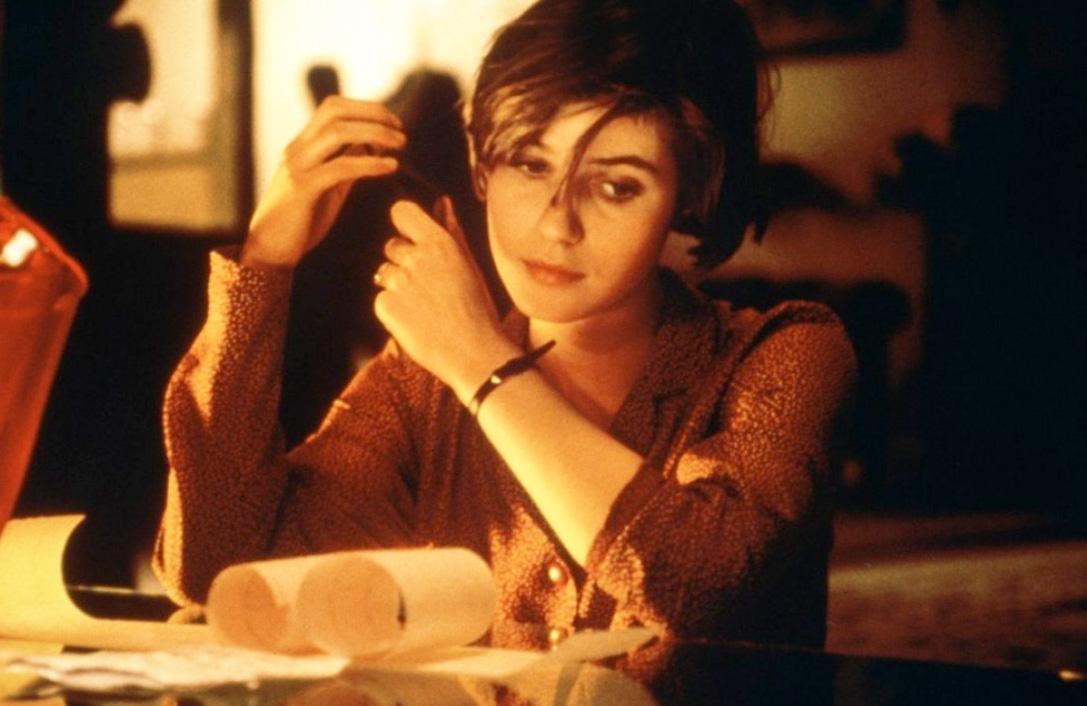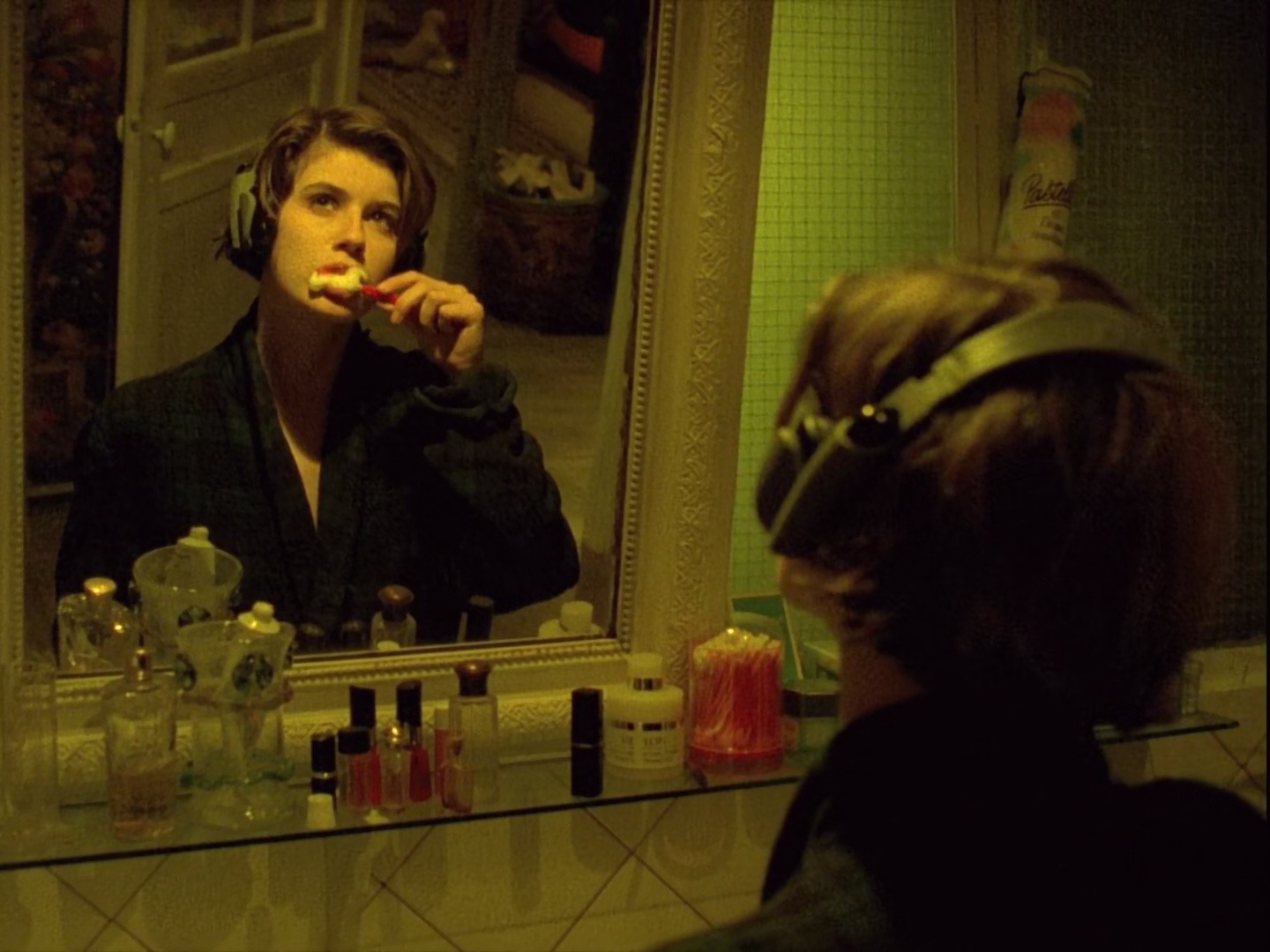The Double Life of Véronique (1991)

The Double Life of Véronique (1991) is a captivating and enigmatic film directed by Krzysztof Kieslowski, blending elements of drama, mystery, and fantasy. The film, produced in both French and Polish, stars Irène Jacob in the dual roles of Véronique, a character who leads two parallel lives. One of the lives takes place in Poland, while the other unfolds in France, with both Véroniques unaware of each other’s existence. Through its visual storytelling and philosophical themes, the film explores the concepts of identity, connection, and fate.
The plot of The Double Life of Véronique revolves around two women, both named Véronique, who are connected in an inexplicable and spiritual way. The first Véronique is a music teacher in Poland, while the second is a singer in France. Although the two women live completely separate lives, they share an intense, unspoken bond that transcends logic and geography. The film unfolds as the Polish Véronique begins to sense an unexplainable connection with her French counterpart, even though the two have never met. This mysterious link becomes a central theme as the film delves into questions about fate and the unseen forces that shape our lives.
A major theme in The Double Life of Véronique is the idea of duality and the search for identity. Both Véroniques experience a sense of incompleteness in their lives, struggling to understand who they are and what their purpose is. This sense of division is highlighted by the fact that they are living two separate lives, yet are somehow tied to one another in an emotional and metaphysical way. Kieslowski uses the duality of the characters to explore the complexity of human experience, questioning whether we are ever truly in control of our own lives or whether our paths are predetermined by unseen forces.
Irène Jacob’s performances in both roles are mesmerizing. Her portrayal of both Véroniques is subtle and nuanced, capturing the inner turmoil and search for meaning that each character experiences. Jacob’s ability to embody two characters with such similar yet distinct personalities is one of the film’s greatest strengths. The emotional depth she brings to her roles allows the audience to empathize with the characters’ struggles, making the film’s themes of connection and loss even more powerful. Her performance earned her widespread recognition and is widely considered one of the highlights of the film.

Visually, The Double Life of Véronique is a stunning work of art. Kieslowski and his cinematographer, Slawomir Idziak, create a dreamlike atmosphere that mirrors the surreal and spiritual themes of the story. The film is filled with rich, warm colors and subtle lighting that evoke a sense of both beauty and melancholy. Kieslowski often uses mirrors and reflections in his framing, further emphasizing the duality of the characters’ lives and the idea of multiple selves. The visual style of the film enhances the themes of identity and interconnectedness, creating a poetic and haunting experience for the viewer.

The film’s soundtrack, composed by Zbigniew Preisner, plays a crucial role in conveying the emotional and spiritual undertones of the narrative. The hauntingly beautiful music complements the film’s atmosphere, enhancing its mysterious and introspective nature. The score often acts as a voice for the characters’ emotions, particularly during moments of reflection and realization. The music, much like the film itself, captures the fleeting and ephemeral nature of the connection between the two Véroniques, making their bond all the more poignant and tragic.

In conclusion, The Double Life of Véronique is a deeply philosophical and visually striking film that explores complex themes of identity, fate, and human connection. Through Kieslowski’s direction, Irène Jacob’s powerful performances, and the film’s haunting visual and musical elements, it creates an emotional and thought-provoking experience. The Double Life of Véronique is not just a story about two women, but a meditation on the nature of life, the choices we make, and the invisible threads that link us all. It is a film that lingers in the mind long after it ends, offering a profound reflection on the mysteries of existence.











